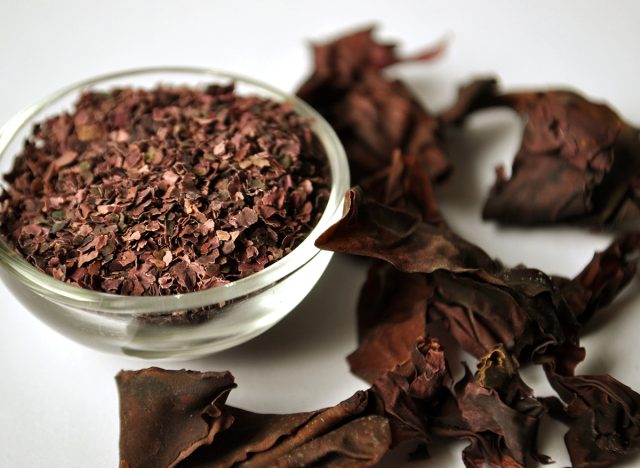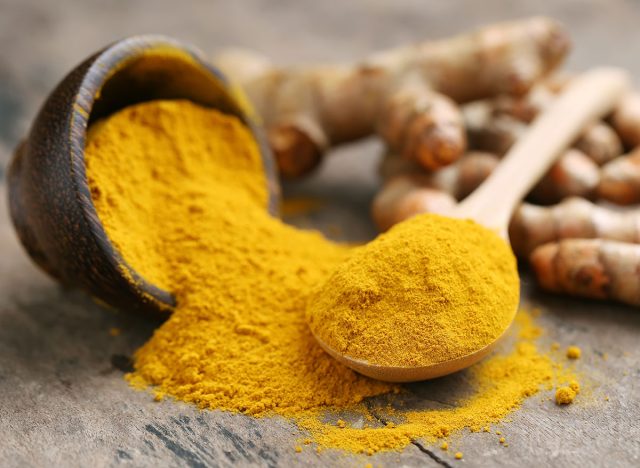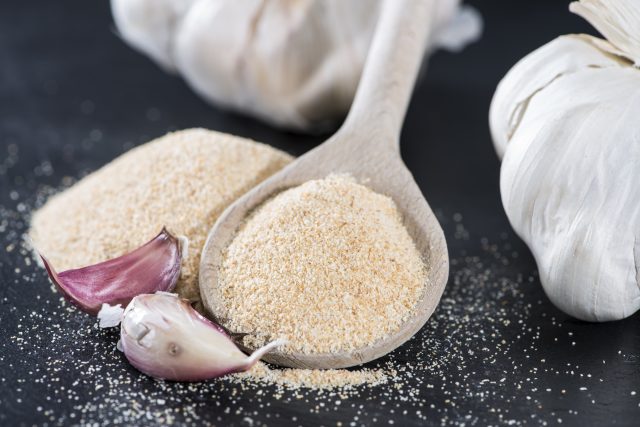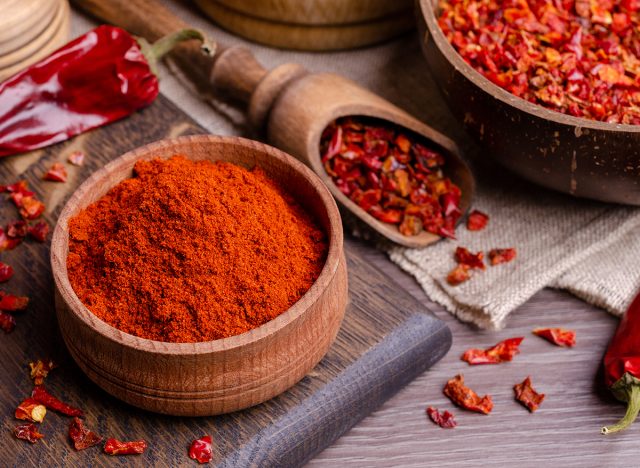It's been said that "variety is the spice of life." High blood pressure or even a formal diagnosis of hypertension can signify a need to make some adjustments to your existing lifestyle, which may include being more mindful of what you put into your body down to every nitty-gritty ingredient used in your snacks and meals. However, there are still plenty of ways to enjoy delicious flavors and tastes as you attempt to manage your blood pressure levels—without letting go of that spice.
To manage elevated blood pressure with consideration to your diet, food options like salmon, avocado, and dark leafy greens can aid in lowering blood pressure levels. Historically, scientific research has also shown a direct correlation between blood pressure levels and sodium intake. That said, avoiding foods that are high in sodium is another way to effectively keep your blood pressure readings in a healthy range.
According to the American Heart Association, the general rule of thumb is to not exceed 2,300 milligrams of sodium per day. For adults—particularly those who have hypertension or a predisposition to this condition—should limit themselves to about 1,500 milligrams of sodium per day. To put this in perspective, a single teaspoon of table salt reportedly contains 2,325 milligrams of sodium, making it only 25 milligrams greater than the recommended daily limit for the average person.
Although table salt may lose its place on your spice rack as a go-to seasoning staple, cutting back on sodium while making other lifestyle changes more conducive to healthy blood pressure levels does not mean sacrificing flavorful foods to instead opt for all things bland and boring. We spoke with Sydney Greene, MS, RD, a registered dietitian and a member of our medical expert board, to find out which seasoning options you can use to liven up your plate without causing your blood pressure to escalate or totally skyrocket. Here are the spices she suggests using if you have high blood pressure.
Dulse

"Dulse is a type of seaweed that can be purchased in a shaker container similar to salt," explains Greene. "It provides a salty, umami taste without all of the sodium. It also provides important nutrients such as iodine and calcium.""
Studies, such as the one found in Marine Drugs, have also linked consuming the nutrients in seaweed and its extracts to improved cardiovascular health. Because high blood pressure is among the most critical risk factors for cardiovascular disease, lowering your blood pressure also means reducing your risk of developing other cardiovascular complications.
Though dulse is generally low in sodium, some spice brands may include more of this mineral in their products than others. So, when looking for granulated dulse, always be sure to double-check the nutrition information before making your purchase. Some yummy dulse seasonings that are low in sodium include Maine Sea Seasonings Dulse Granules by Maine Coast Sea Vegetables or Eden Organic Dulse Flakes. Each of these shakers only contains 1% of sodium per teaspoon.
Turmeric

"Turmeric is an incredibly flavorful spice that is well known for its anti-inflammatory effects," says Greene.
This spice is also known for its ability to potentially boost the nutrients of other foods, thus making it an excellent addition to nutrient-rich foods like sweet potatoes—which can also naturally reduce blood pressure via high amounts of potassium.
Greene also suggests combining turmeric with black pepper, because doing so enables your body to better absorb and utilize this tasty spice.
Garlic powder

Though perhaps not as potent as when fresh or minced, garlic powder remains a popular spice that can add flavor to any dish through subtle notes of full flavor.
"Garlic adds depth of flavor to most dishes and is excellent for the immune system," says Greene. "In high doses, the consumption of garlic may even help lower blood pressure."
One teaspoon of garlic powder contains an insignificant 1.86 milligrams of sodium. To put that in perspective, there are 2,360 milligrams in a teaspoon of table salt.
It's always a good idea to err on the side of caution by using this spice in healthy moderation while cooking and reading the nutritional information on prospective garlic powder you may want to purchase. At the very least, you want to make sure that what you're adding is actually garlic powder—not the spice's sodium-heavy cousin, garlic salt, which contains 1,960 milligrams in sodium per teaspoon! Awareness of your sodium intake can empower you to make the best eating choices for your blood pressure.
Smoked paprika

"Smoked paprika is an excellent addition to many savory dishes, and it can provide a smokey flavor without added sodium and preservatives," advises Greene.
Additionally, Greene reveals that in order to really see the health benefits of paprika, including its ability to help regulate blood sugar and fight inflammation, you have to consume this spice in large quantities and often. So, for those with high blood pressure and an insatiable craving for added smoky, spicy, and intense flavor, paprika might be the perfect pick.
No comments:
Post a Comment